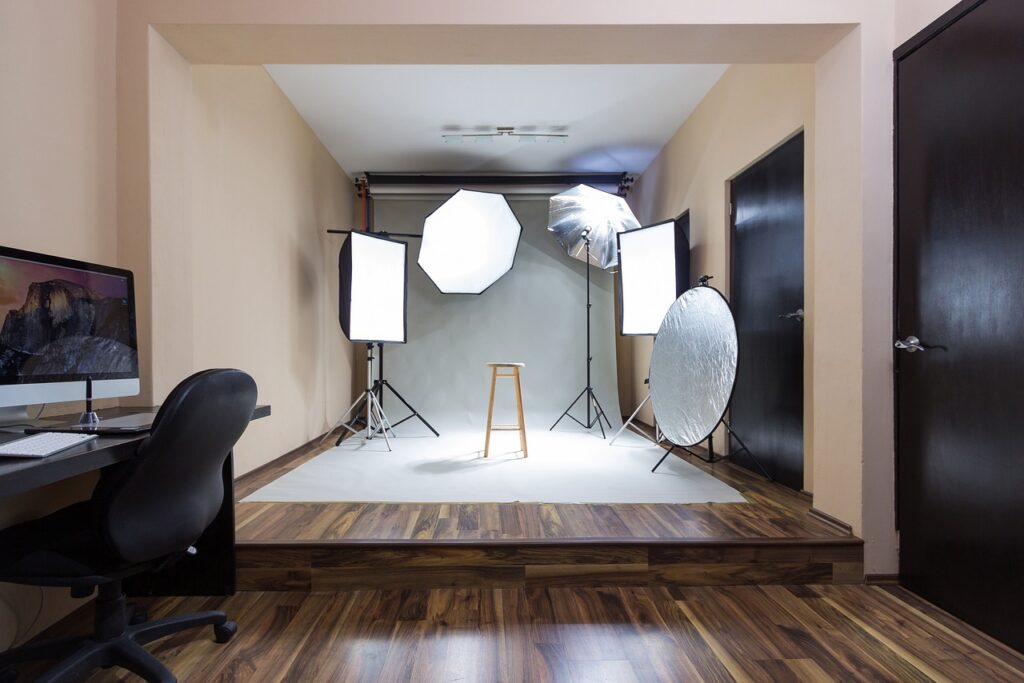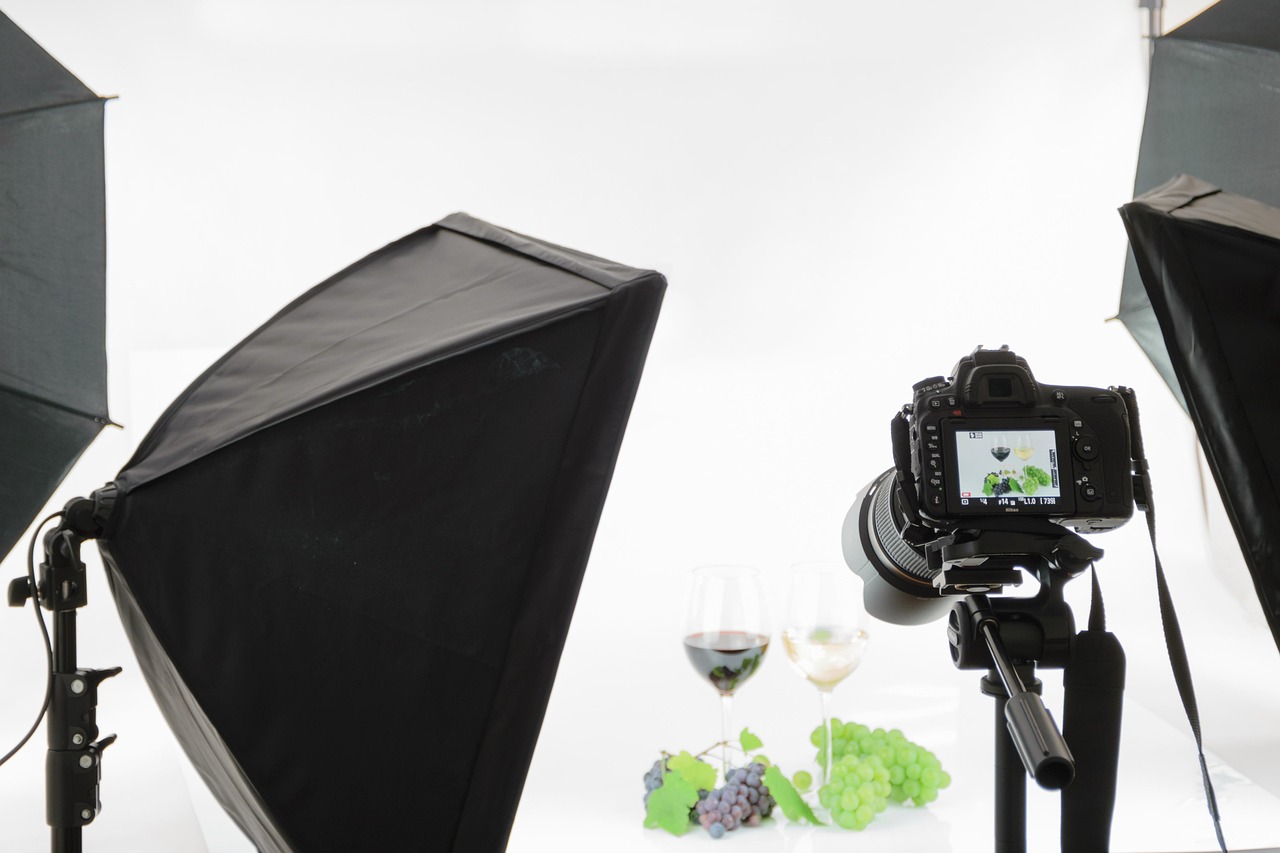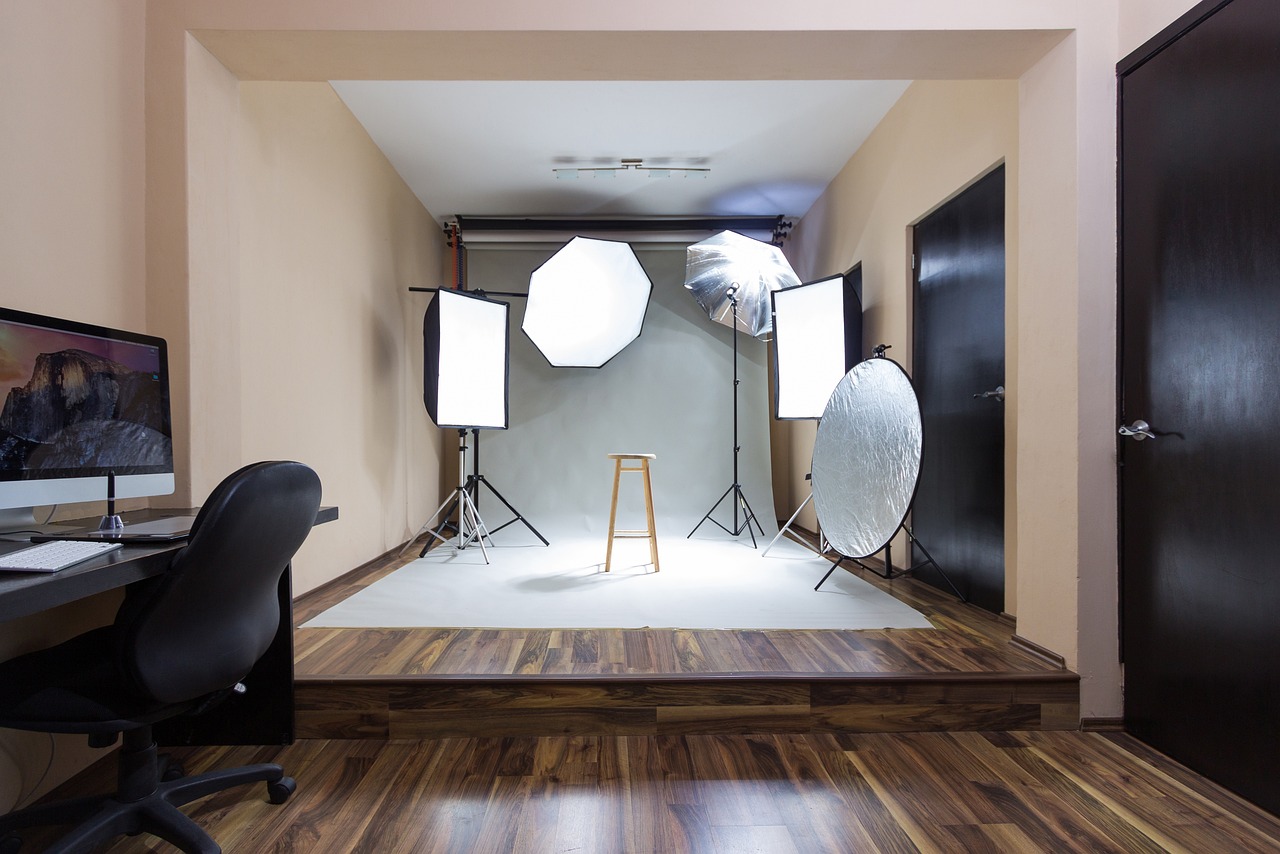Brands can no longer sell with words alone in today’s visually-driven market. One of the most essential marketing techniques for showcasing your product’s best attributes, emphasizing its use, and engaging with your target market is a product ad shoot. Whether it’s a high-end cosmetic, a stylish tech device, or a fashion accessory, a well-executed product photo session can significantly boost sales and brand recognition.
The idea of a product ad shoot, its significance, how to organize one, and professional advice to ensure the success of your shoot will all be covered in this article.

What is a Product Ad Shoot?
The process of taking pictures or movies of a product for marketing and advertising purposes is known as a “product ad shoot.” Usually, websites, social networking platforms, print advertisements, digital campaigns, and e-commerce sites employ these images. The goal is to maintain the brand’s identity while showcasing the goods in the most enticing and convincing manner possible.
Telling an engaging tale, establishing an emotional connection, and persuading customers to buy are all important components of a successful product advertising shoot.
Why is a Product Ad Shoot Important?
A well-executed product ad shoot offers more than just stunning imagery. It is essential to successful marketing and brand communication. Here’s why it matters:
1. Grabs Attention
Stunning images make your goods stand out in a sea of online content. Customers frequently notice your advertisement images first, therefore first impressions count.
2. Builds Trust
Professional, high-quality product photos convey dependability and credibility. Customers are more likely to believe in and purchase from a brand that appears professional and reliable.
3. Enhances Brand Identity
Each picture conveys a narrative. A strong visual identity is reinforced when a product ad shoot is in line with your brand’s tone, colors, and values.
4. Boosts Conversions
Product images that are appealing, well-lit, and easy to see aid consumers in making judgments, which increases sales and decreases returns.
Steps to Plan a Product Ad Shoot
A great product ad shoot takes planning, imagination, and meticulousness. Let’s divide into the important phases:
1. Define the Objective
Decide on the goal of your shoot before you do anything else. Consider this:
- Is this for a product launch?
- Are you running a seasonal or promotional campaign?
- Do you need content for a specific platform (e.g., Instagram, website banner, print ad)?
A well-defined objective aids in directing the shoot list and artistic direction.
2. Know Your Target Audience
It’s important to know to whom you are communicating. Styles have varying effects on different demographics. For instance, professionals may connect with simple, minimalist imagery, while Gen Z may like bold and humorous designs.
3. Create a Mood Board
Collect references and visual ideas that complement your preferred style. Incorporate themes, sample layouts, lighting designs, and color schemes. For this step, Canva or Pinterest are excellent resources.
4. Choose the Right Location
The concept and product determine your setting:
- Studio shoot: Best for clean, controlled environments and focus on the product.
- Lifestyle shoot: Ideal for showing the product in use (e.g., a skincare routine in a bathroom setting).
- Outdoor shoot: Great for natural products, travel gear, or activewear.
5. Prepare Your Product
Verify if the item is in flawless condition:
- Clean and polish every surface
- Have backup items in case of damage
- Ensure labels or logos are clearly visible.
- Organize accessories or props.
Essential Equipment for a Product Ad Shoot
From do-it-yourself to high-end production, it all depends on your budget. What you would require is as follows:
- Camera: DSLR or mirrorless cameras deliver high-resolution results.
- Tripod: Keeps shots steady, especially for flat lays or time-lapse.
- Lighting: Softbox, ring light, or natural light — choose based on mood.
- Backdrops: Solid colors, textured materials, or themed sets.
- Reflectors/Diffusers: Control shadows and highlight details.
If done correctly, superb lighting and composition can produce striking results even with a smartphone.
During the Shoot: Best Practices
1. Focus on the Product
Keep the frame from becoming overly cluttered. The focus should always be on the product. Props are fantastic, but they shouldn’t take center stage.
2. Use Various Angles
Record several viewpoints:
- Front view (hero shot)
- Close-ups (details and textures)
- Lifestyle angles (in real use)
- Flat lays (top-down)
This provides you with a range of content for various platforms.
3. Stay On Brand
Maintain brand-consistent colors, tones, and styling. Steer clear of dazzling neon backgrounds and disorganized objects if your brand is earthy and minimalist.
4. Shoot in High Resolution
Always aim for the best possible quality. This gives you the freedom to resize, crop, or reuse your content.
Post-Production: Editing and Optimization
You still have work to carry on even after the shoot is done, and in post-production, the magic is done.
1. Edit for Clarity and Aesthetic
Utilize editing programs such as Photoshop or Adobe Lightroom to:
- Adjust brightness, contrast, and saturation
- Retouch blemishes or reflections
- Align colors with your brand palette.
2. Format for Different Platforms
Make distinct versions according to the intended purpose of the content:
- Square (1:1) for Instagram feed
- Vertical (9:16) for Stories or Reels
- Horizontal (16:9) for YouTube or website banners
3. Add Text or Graphics
Including a memorable slogan, product name, or coupon code in advertising content leads to increased attention and conversions.
Creative Ideas to Make Your Product Ad Shoot Stand Out
- Use storytelling: Frame your product as the solution to a problem or part of a lifestyle.
- Incorporate motion: Add short videos, boomerangs, or stop motion for dynamic content.
- Experiment with colors: Bold backgrounds or monochrome themes can add a modern touch.
- Play with textures: Combine surfaces like wood, marble, or fabric to create visual contrast.
- Add human touch: Include hands or models using the product to add realism and relatability.
Conclusion
A product commercial shoot is a deliberate fusion of marketing and art, including more than merely snapping photos. Every stage, from preparation and execution to editing and publication, affects how others view your product. Your product may stand out in a competitive market, increase conversions, and raise brand awareness with a well-planned and innovative product commercial shoot.




